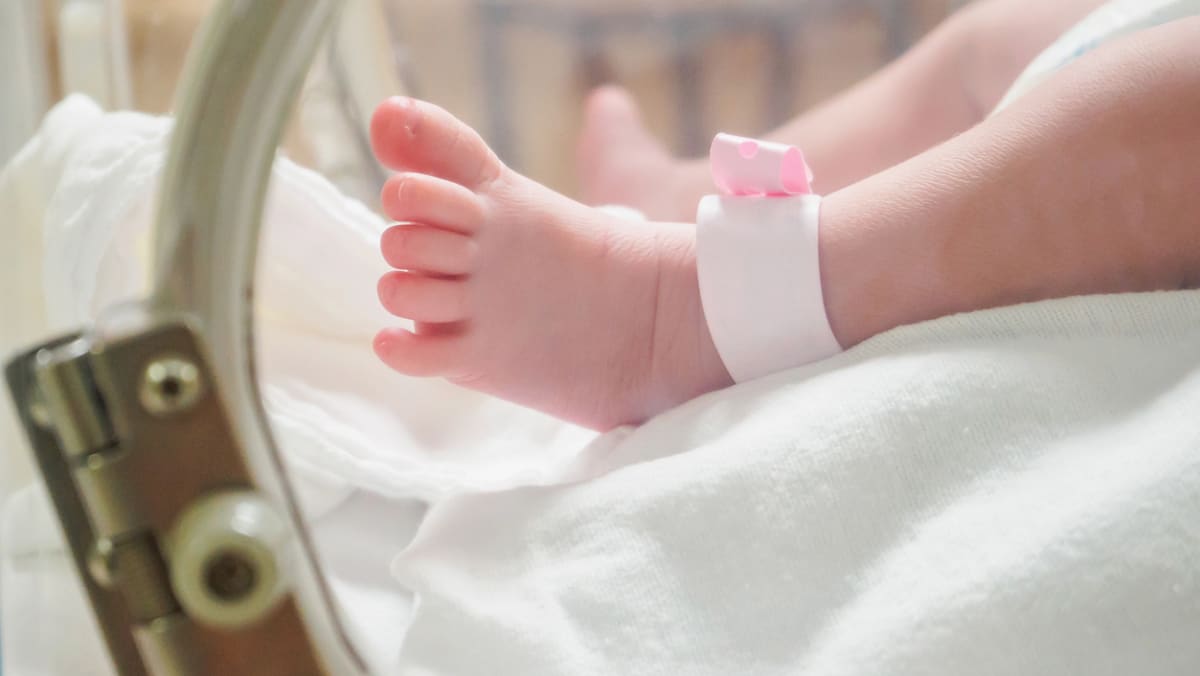
CHANGE IN DEFINITION OF STILLBIRTH
Under the new laws, a stillborn child is now defined as one after 24 weeks of pregnancy, up from the previous threshold of 22 weeks.
When the Registration of Births and Deaths Act was first enacted in 1937, the threshold of stillbirth was set at 28 weeks of pregnancy. In 2021, the act was amended and the threshold was adjusted to 22 weeks to align with the World Health Organization’s statistical reporting guidelines.
WHY ARE DOCTORS CONCERNED?
After the 2021 amendment, the Ministry of Home Affairs (MHA) received feedback from doctors that the 22-week threshold may be misinterpreted as an indication of fetal viability, or the ability of a human fetus to survive outside the womb, said Ms Sun.
“Medical practitioners are concerned about this, because local medical and scientific evidence points to 24 weeks of pregnancy as the threshold for fetal viability, and not 22 weeks,” she added.
Reviews by the Ministry of Health in 2018 and 2022 concluded that the survival rate for premature babies born at 22 weeks is close to zero, while fetal viability at 24 weeks is about 50 per cent, she noted.
Amending the definition of a stillborn child to after 24 weeks of pregnancy will align with what is set out in the Termination of Pregnancy Act, which states that an abortion after 24 weeks of pregnancy is only allowed in the case of medical exigencies.
WHAT HAPPENS WHEN MOTHERS NEED TO DELIVER PREMATURELY?
When parents are faced with the prospect of delivering a premature child, they are counselled by their doctors with information about the infant’s chances of survival and the risk of severe complications, said Ms Sun in her closing speech.
This also takes into account the specifics of the case, including any medical conditions the mother may have, she added.
“Such counselling will help parents to come to an informed decision about the appropriate course of medical intervention.”
If parents mistake the 22-week threshold as an indication of fetal viability, they could be confused about the medical interventions for their unborn child, said Ms Sun.
At a briefing on the amendments in 2023, MHA said that the medical community is also concerned that such ambiguities may lead to pressure on doctors to use more liberal treatment for infants born between 22 and 24 weeks of pregnancy, or resuscitation.
This could, in turn, result in potentially severe neurodevelopmental disabilities in infants who survive, and higher rates of futile attempts at resuscitation, MHA said.
